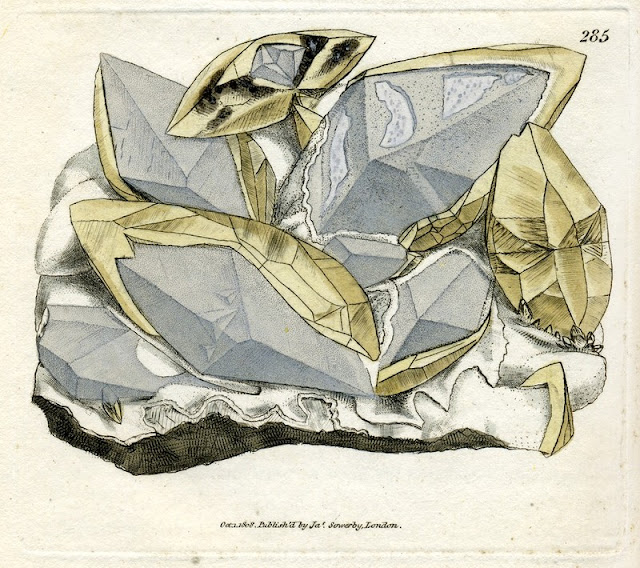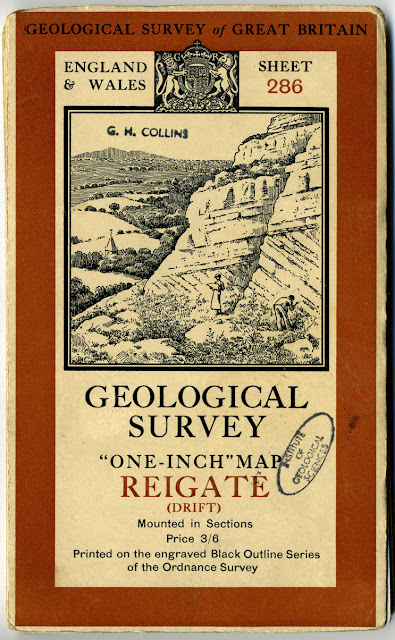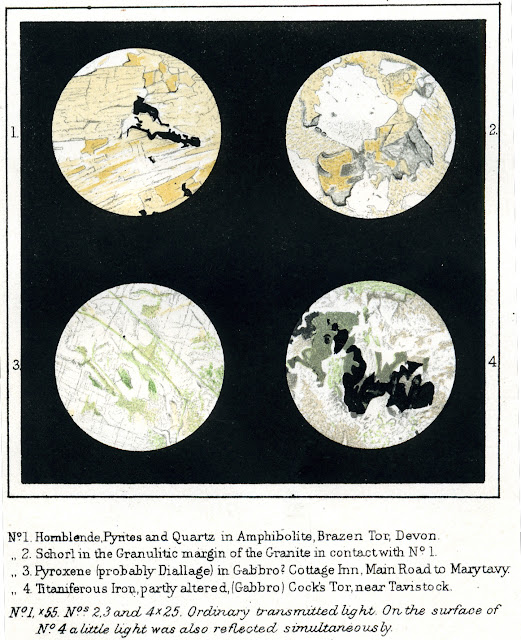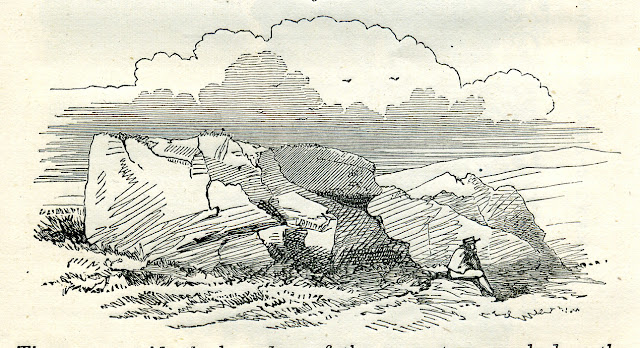 |
| Signatures in the North-West Highlands Memoir |
During recent stocktaking
at Murchison House, British Geological Survey in Edinburgh, a copy of the North-west Highlands Memoir (Peach et al, 1907)
was found in the Palaeontological Department. It has been rebound but is in
excellent condition with little signs of use and no obvious foxing. The memoir
contains detailed descriptions of the Lewisian, Torridonian, Moine and Cambrian-Ordovician
rocks in the Durness to Kyle of Lochalsh area, summarising the results of the
survey’s detailed work there in the late 19th century. This copy
patently belonged to John Horne who was Assistant Director in the Geological
Survey in Scotland from 1901 until his retirement in 1911.
The fly leaf of the
memoir contains the signatures of 29 attendees of the renowned 1912 excursion
to Assynt, which followed on from a British Association meeting in Dundee in mid-September
that year. This excursion, led by Peach and Horne, was attended by 31notable European
and British geologists (see Barber, 2010). The flyleaf also contains the
signatures relating to an excursion undertaken in 1914, when John Horne took a further
party to Assynt. Attendees included Sir Alexander and Lady (Rachel Workman) MacRobert,
but also included the well-known geologists Reginald A Daly and Professor
Molengraaf. Rachel Workman, the daughter of the noted American mountaineers
William and Fanny Workman, was educated at Cheltenham Ladies College and gained
a degree in geology from the University of London in 1902. She undertook
research and published papers on alkaline igneous rocks (e.g. carbonatite and
nepheline syenite) and was one of the first women to be elected a fellow of the
Geological Society in 1919. Information on the MacRobert Trust, including her
ladyship’s contribution to the Second World War, can be found at The MacRobert Trust.
The memoir is to be archived by BGS.
Peach, B.N., Horne, J.,
Gunn, W., Clough, C.T., Hinxman, L.W. & Teall, J.J.H. (1907). The geological structure of the northwest
Highlands of Scotland. Memoirs of
the Geological Survey, U.K.
Barber, A. J. 2010.
Peach and Horne: the British Association excursion to Assynt September 1912. In Law, R.D., Butler, R.W.H.,
Holdsworth, R.E., Krabbendam, M. and Strachan, R.A. (editors) Continental Tectonics and Mountain Building:
The Legacy of Peach and Horne. Geological Society, London, Special
Publications, 335, 29-49.
Dr. John Mendum
Dr. John Mendum
 |
| The 1914 Excursion. Photograph outside the Inchnadamph Hotel |
 |
| Title page of the famous North-west Highlands Memoir |
Posted by Dr. John Mendum














































